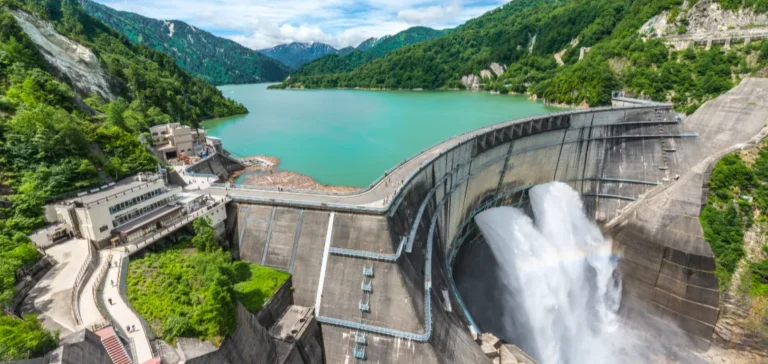The Cosmo no Shizuku plant, located in Iijima Town, was officially commissioned by Nagano Prefecture’s Public Enterprises Bureau on October 1. The 1.5MW facility is expected to generate around 5.5GWh annually. Its output is directly supplying Seiko Epson’s Ina Plant through a physical off-site power purchase agreement (PPA) structured by Chubu Electric Power Miraiz.
The project was developed as part of the Shinshu Green Power Expansion initiative, launched in May 2021. The programme aims to reinvest revenue from the prefecture’s public hydropower plants into the construction of new assets and the upgrading of existing infrastructure. Cosmo no Shizuku, initially scheduled for 2024, is the first prefecture-owned facility completed under this programme.
A contract aligned with industrial demand
Electricity produced beyond the consumption needs of the Ina Plant will be redirected to other Seiko Epson facilities in the region. The power purchase agreement signed with Chubu Electric Power Miraiz allows the company to receive local power supply continuously, without engaging with the wholesale market.
Data from the Ministry of Economy, Trade and Industry (METI) shows that a 1.7MW project was certified at the Cosmo no Shizuku site under the Feed-in Tariff (FIT) scheme for fiscal year 2021. At the time, hydropower plants between 1MW and 5MW were offered a tariff of 27 JPY per kWh, compared to 23 JPY in 2025. The certification was removed from METI’s database in July, with no confirmation of recertification under the Feed-in Premium (FIP) scheme.
Expansion of the prefecture’s hydropower portfolio
Cosmo no Shizuku is the fourth project completed under the Shinshu Green Power Expansion programme. It follows three earlier developments: Kurokawadaira (170kW) and Seinaiji (5.6MW), both by Chubu Electric Power in 2021 and 2023, and the repowering of the Futamata plant in 2023, which increased capacity from 5.2MW to 6.9MW. All three operate under the FIT system.
The latest phase of development was carried out after new industrial partners joined the programme in November 2023, including Kissei Pharmaceutical, KITZ, KOA, The Hachijuni Bank, and Yuwa. At the same time, the prefecture announced the construction of a new 860kW hydropower plant in Nagano City, scheduled by the end of fiscal year 2025.
A strategy focused on asset consolidation
The Public Enterprises Bureau expects its hydropower portfolio to reach 36 facilities with a total capacity of 111.5MW by the end of fiscal year 2025, up from 14 plants totalling 99.1MW in 2015. Separately, a 2MW project is under development in Komagane, with commissioning expected in 2028.
In parallel, the prefecture is repowering two historical facilities: Haruchika (23.6MW) and Miwa (12.2MW), both originally commissioned in 1958. These efforts reflect a consolidated approach to strengthening existing capacity while developing new assets under direct management.






















